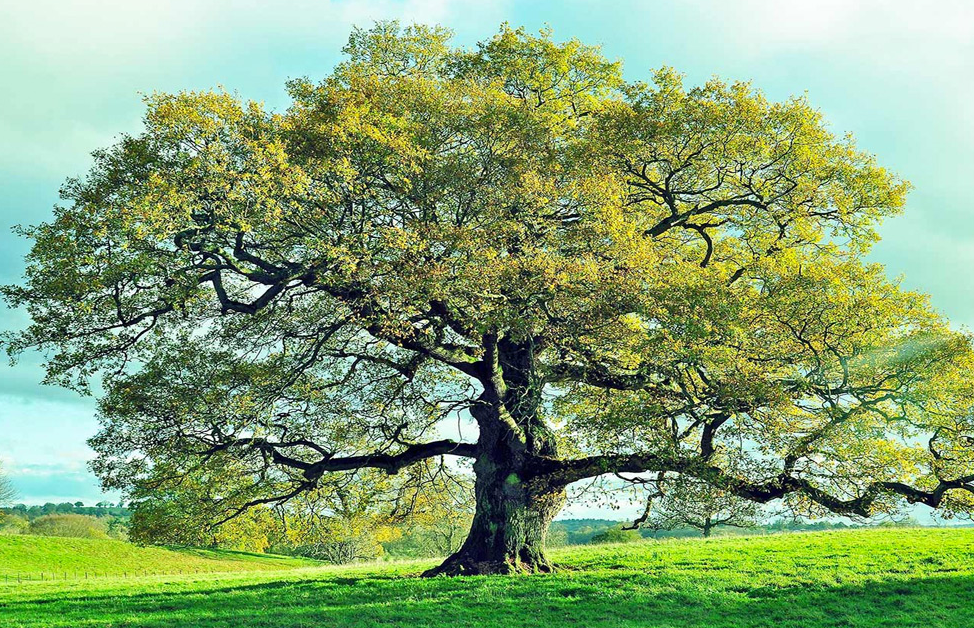Let’s examine the Dominican Republic National Tree. In the heart of the Caribbean, the Dominican Republic stands as a jewel of natural beauty, adorned with lush rainforests, stunning coastlines, and a vibrant culture. Nestled within this tropical paradise is a symbol of ecological significance and national pride – the S. macrophylla, the Dominican Republic’s National Tree. In this comprehensive article, we delve into the rich history, ecological importance, and unique characteristics of this magnificent tree. We’ll also explore its connection to the Dominican Republic’s culture and its role in preserving the country’s natural heritage.
Investigating Dominican Republic National Tree
Historical Significance
The S. macrophylla, commonly known as the “West Indian Mahogany,” holds a cherished place in the Dominican Republic’s history. It was officially designated as the National Tree in 1986, a testament to its enduring importance.
Ecological Importance
S. macrophylla plays a vital role in the country’s ecosystem. Its extensive root system helps prevent soil erosion, making it essential for maintaining the stability of riverbanks and hilly terrains.
Botanical Characteristics
This majestic tree can reach impressive heights of up to 100 feet, with a striking canopy of large, glossy leaves. The wood from the S. macrophylla is highly sought after for its durability and exquisite grain, making it a prized resource for woodworking.
Conservation Efforts
Despite its significance, the S. macrophylla faces challenges due to deforestation and illegal logging. Conservation efforts are underway to protect and restore this vital species.
Cultural Connection with Dominican Republic National Tree
Art and Craftsmanship
The beautiful wood of the S. macrophylla has long been a cornerstone of Dominican craftsmanship. Artisans transform its timber into exquisite furniture, musical instruments, and intricate carvings, preserving its legacy through their creations.
Traditional Medicine
In addition to its role in art and craftsmanship, the S. macrophylla has been utilized in traditional medicine. Indigenous communities have tapped into its healing properties for generations.
S. macrophylla – A Botanical Treasure
Natural Habitat
The S. macrophylla thrives in the Dominican Republic’s diverse landscapes, primarily in rainforests and coastal areas. Its presence is a testament to the country’s rich biodiversity.
Unique Floral Display
The tree’s vibrant, fragrant flowers are a sight to behold, attracting a myriad of pollinators, including butterflies and bees, further enriching the local ecosystem.
Resilience and Adaptation
S. macrophylla has demonstrated remarkable adaptability, surviving hurricanes and other natural disasters that frequently affect the region.
Conclusion
In conclusion, the S. macrophylla, the Dominican Republic’s National Tree, is a symbol of both natural beauty and national pride. Its rich history, ecological importance, and cultural significance make it a treasure worth celebrating and protecting.
Dominican Republic National Tree: FAQs
1. How was the S. macrophylla chosen as the Dominican Republic’s National Tree?
The S. macrophylla was officially designated as the National Tree in 1986, recognizing its historical and ecological importance.
2. What are the primary threats to the S. macrophylla’s survival?
Deforestation and illegal logging pose significant threats to the S. macrophylla’s survival in the Dominican Republic.
3. How tall can a mature S. macrophylla tree grow?
Mature S. macrophylla trees can reach heights of up to 100 feet, creating a majestic presence in the country’s rainforests.
4. What is the significance of the S. macrophylla in Dominican craftsmanship?
The S. macrophylla wood is highly valued for its durability and exquisite grain, making it a sought-after resource for crafting fine furniture, musical instruments, and intricate carvings.
5. How can individuals contribute to the conservation of the S. macrophylla?
Individuals can support conservation efforts by advocating for sustainable logging practices, participating in reforestation initiatives, and raising awareness about the importance of preserving this national treasure.
References
- “The West Indian Mahogany (Swietenia mahagoni), Its Ecology, Silviculture, and Role in the Economy of South Florida.” by Joseph A. Allen and Frank S. Gilliam.
- This comprehensive publication provides insights into the ecology and economic significance of S. macrophylla.
- “Status and Conservation of West Indian Mahogany (Swietenia mahagoni) in Florida” by James D. Snyder, Roger W. Pemberton, and Paul A. Work.
- This research paper delves into the conservation efforts for West Indian Mahogany in Florida, offering valuable information on preservation strategies.
- “Medicinal Plants of the Dominican Republic” by Charles M. Peters, Ph.D.
- This book explores the traditional medicinal uses of various plants, including S. macrophylla, within the Dominican Republic.
- “Tropical Trees of the Caribbean” by James A. Duke.
- A comprehensive guide that covers various tree species, including S. macrophylla, found in the Caribbean region.

